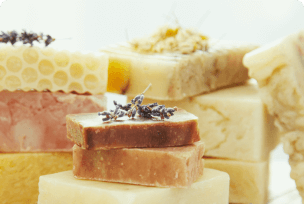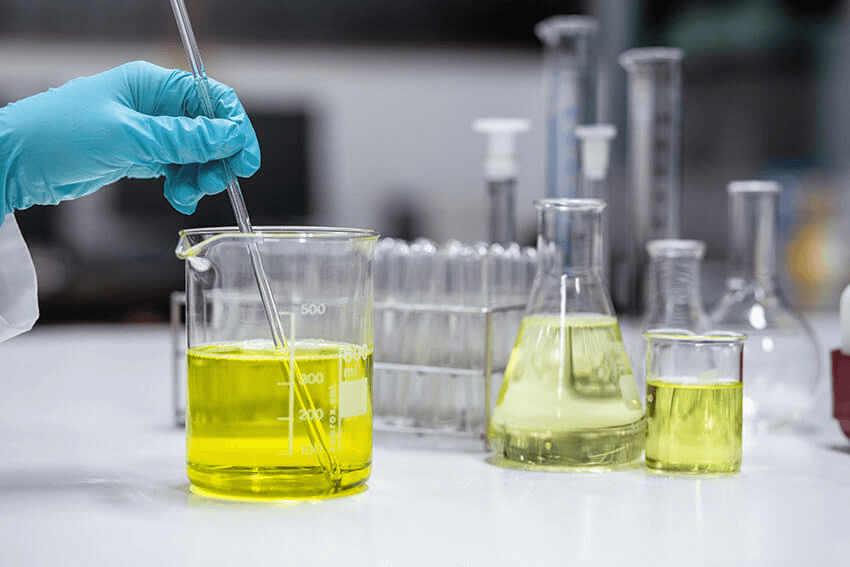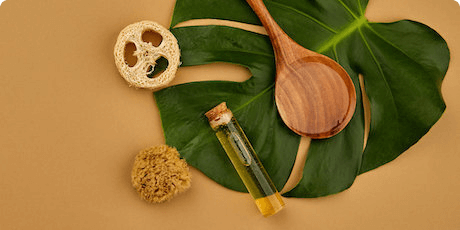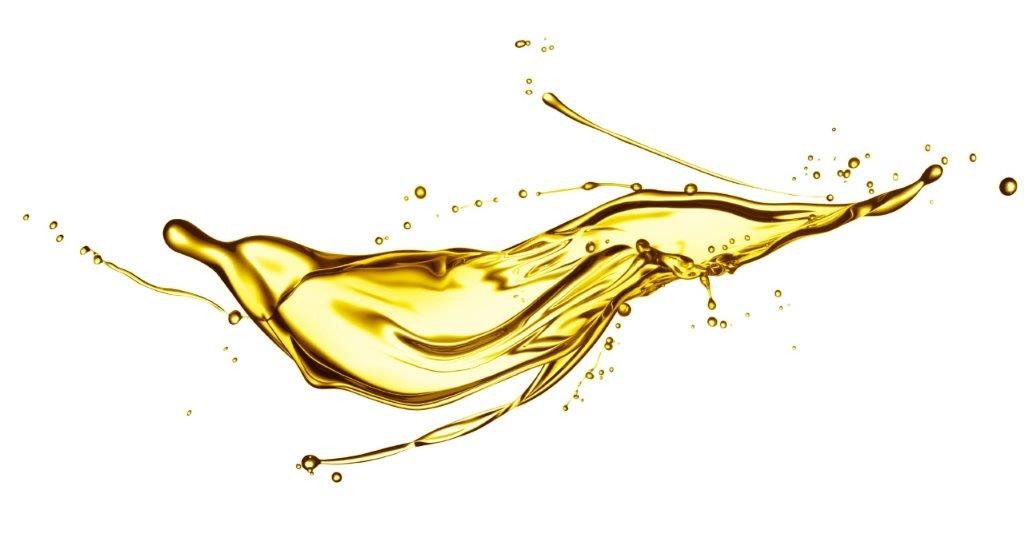
By Ravi Rathod, Technical Innovations Manager
In the new ‘Ingredient Spotlight’ feature, we aim to discuss some of the key ingredients we use in our products and explain why we use them and what they do. This month, we’re focusing on Oils.
What is ‘Oil’?
Oils are organic compounds, which find uses as raw materials in many cosmetic and toiletry products. In general, these compounds are high molecular weight esters derived from long chain fatty acids¹. ‘Fats’ and ‘Oils’ are tri esters of fatty acids with glycerol, and are found naturally in plants. Most importantly though; oils are a key ingredient in what we do – making soap!
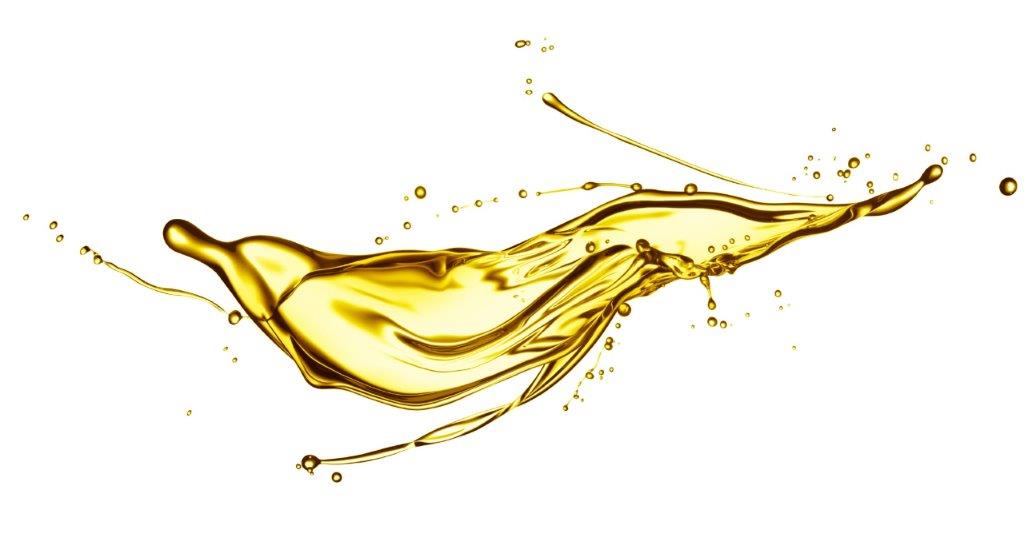
Saponification
Oils are an extremely important component of the soap making process, and without oil (or fatty acids of oils) the saponification reaction can’t take place. Saponification is the reaction from mixing these oils with an alkaline base - commonly this is Sodium Hydroxide (NaOH) or Potassium Hydroxide (KOH).
 Above you can see the typical reaction of soap.
Above you can see the typical reaction of soap.
Properties of Oils
The properties of the fats and oils are determined by the fatty acids of which they are made up of. These fatty acids can be ‘Saturated’ or ‘Unsaturated’ and each fatty acid (or oil) has different properties and benefits that contribute to the finished product.
If it is liquid at room temperature it is referred to as ‘Oil’, and if it is a solid at room temperature it is referred to as a ‘Fat’. Saturated oils or fatty acids tend to be solid at room temperature, such as Coconut Oil and Palm Oil. These types of oils contain Lauric Acid, Myristic Acid, Palmitic Acid and Stearic Acid. They are likely to make a harder and higher-lather cleansing soap bar.
Unsaturated fatty acids or oils tend to be liquid at room temperature and have a lower melting point than saturated fatty acids. These oils include Olive Oil and Sunflower Oil³. The unsaturated fatty acids that are present to a high degree in these oils are Oleic and Linoleic Acid which contributes to a softer finished product².
Where we use Oils and Fats
We use oils and fats in our Creams and Lotion bases as well as our Extruded, Liquid and Melt and Pour soap bases. When making our soap bases we saponify a range of oils such as Hemp Oil, Olive Oil, RSPO Palm Kernel Oil, RSPO Palm Oil, Coconut Oil, Sunflower Oil, Mango Butter, Shea Butter and Cocoa Butter.
These oils are carefully selected to individually tailor our formulations; whether this is to make a product harder, softer or adjust foaming.
Palm Oil & Palm Kernel Oil
We use Palm Oil and Palm Kernel Oil across most of our Extruded and Melt and Pour soap bases. However, we source RSPO Certified Segregated Sustainable Palm Oil where possible, because this way, we can ensure full traceability and sustainability.
Palm Oil is made up of Palmitic Acid, Oleic Acid and Linoleic Acid, amongst other fatty acids at lower levels. The Palmitic Acid fraction of the oil provides some hardness to the soaps when saponified, and the Oleic and Linoleic Acid provide softness. Once saponified, Palm Oil produces ‘Sodium Palmate’ when reacted with Sodium Hydroxide. Liquid Soaps are not often produced using Palm Oil.
Palm Kernel Oil is made up of Lauric Acid, Myristic Acid and Oleic Acid, amongst other fatty acids at lower levels. The Lauric Acid creates a foaming soap when saponified. This is a key attribute of soaps - and so a blend of oils is normally used to create a soap that foams, but that is also not too hard or too soft. Myristic Acid provides a level of foam, but also some hardness to the soap; whereas the Oleic Acid gives a soft soap as seen in Palm Oil. Once saponified, Palm Kernel Oil produces ‘Sodium Palm Kernelate’, or ‘Potassium Palm Kernelate’ depending on whether it is reacted with Sodium Hydroxide or Potassium Hydroxide.
Where possible, the Palm and Palm Kernel Oil we work with is certified ‘Segregated’ by RSPO. The Roundtable on Sustainable Palm Oil (RSPO) has been working on a global scale to transform the industry, and is succeeding in creating a sustainable future. By creating environmental and social criteria that companies must comply with to produce Certified Sustainable Palm Oil (CSPO), the negative effect of Palm Oil agriculture can be effectively monitored and minimised.

Coconut Oil
Coconut Oil is a very popular ingredient in soap making due to the unique balance of fatty acids found naturally in the oil. Coconut Oil is very similar to Palm Kernel Oil in that it is high in Lauric Acid, Myristic Acid, Palmitic Acid and Oleic Acid. This range and balance of fatty acids makes Coconut Oil (and/or Palm Kernel Oil) a key ingredient in soaps.
Once saponified, Coconut Oil produces ‘Sodium Cocoate’, or ‘Potassium Cocoate’ depending on whether it is reacted with Sodium Hydroxide (Lye) or Potassium Hydroxide (for the manufacture of liquid soaps).
 Image Credit: Chi London
Image Credit: Chi London
Sunflower Oil
Sunflower Oil is a widely used liquid unsaturated vegetable-derived oil. This oil contains Oleic and Linoleic acid, which makes it a very fluid ingredient, but is not often used as a single ingredient in soap as it doesn’t provide enough foam. For example, Coconut Oil and Sunflower Oil make up our Organic Liquid Castile. The Coconut Oil provides the foaming properties when saponified, and the unsaturated Sunflower Oil aids in producing a clear, liquid soap when reacted with Potassium Hydroxide.
 Image Credit: The Grow Network
Image Credit: The Grow Network
Finishing Thoughts
We have covered a few of the main oils we use day-to-day in the production of our high quality soap bases. There are hundreds of oils that could be saponified and included in our soap bases, each giving their own unique properties and attributes.
You don’t need to be a qualified chemist to create your own soap and you needn’t let the technical side of things put you off. We hope that our Ingredients Spotlight will help you form an understanding of some of the oils we use - and you can use this information in some of your own creations!
References
- (1) Organic Chemistry. Third Edition. Wood, Holliday and Beer. Butterworths. Pages 150, 151
- (2) ‘Oils and Waxes used in cosmetics.’
- (3) Fats and Oils: Chemistry
- (4) ‘Chemical of the Week’: Professor Shakhashiri












